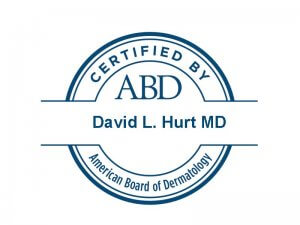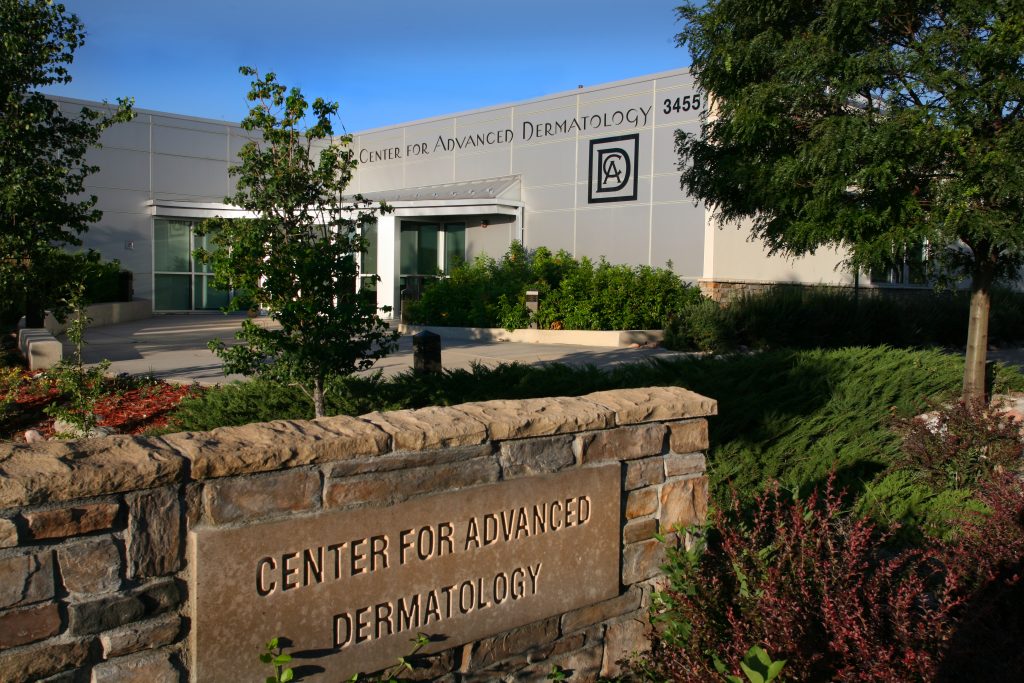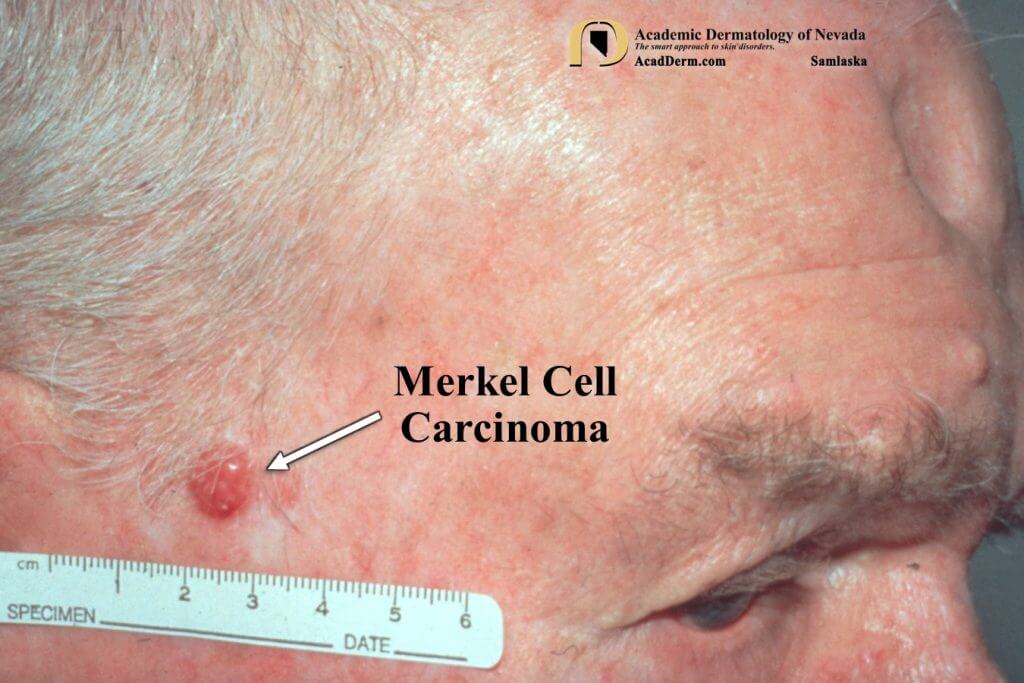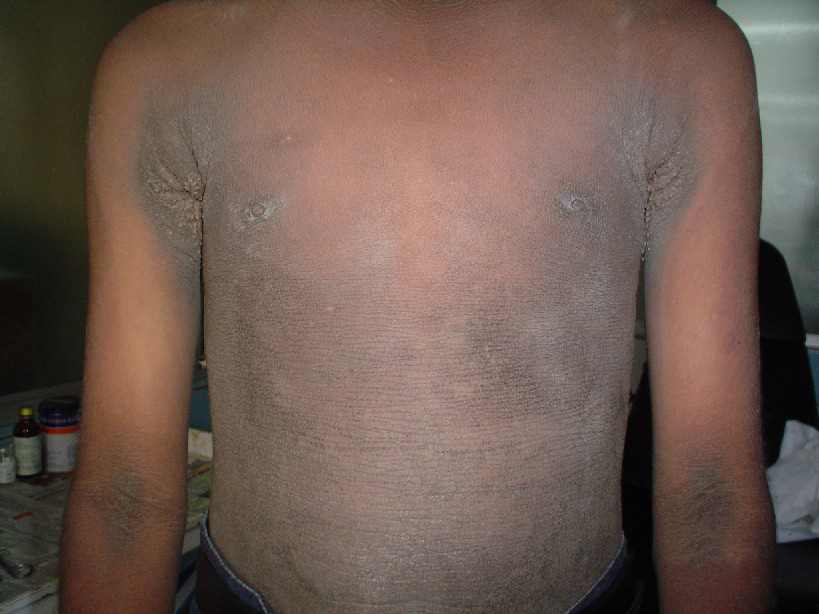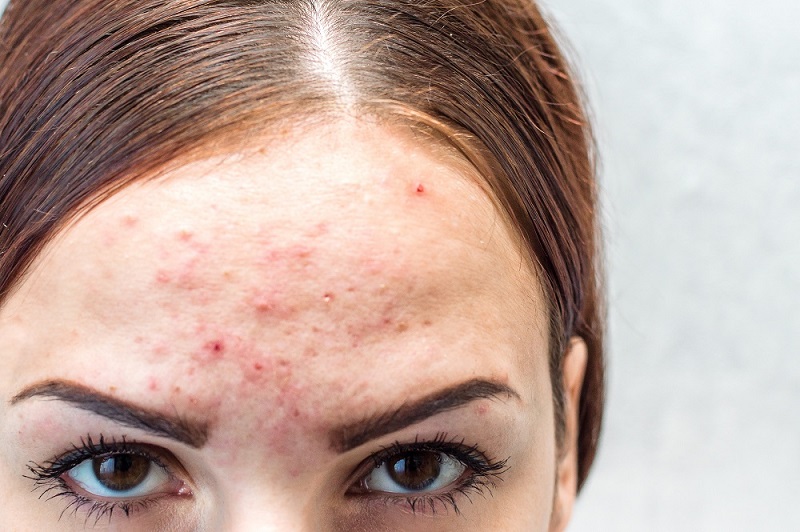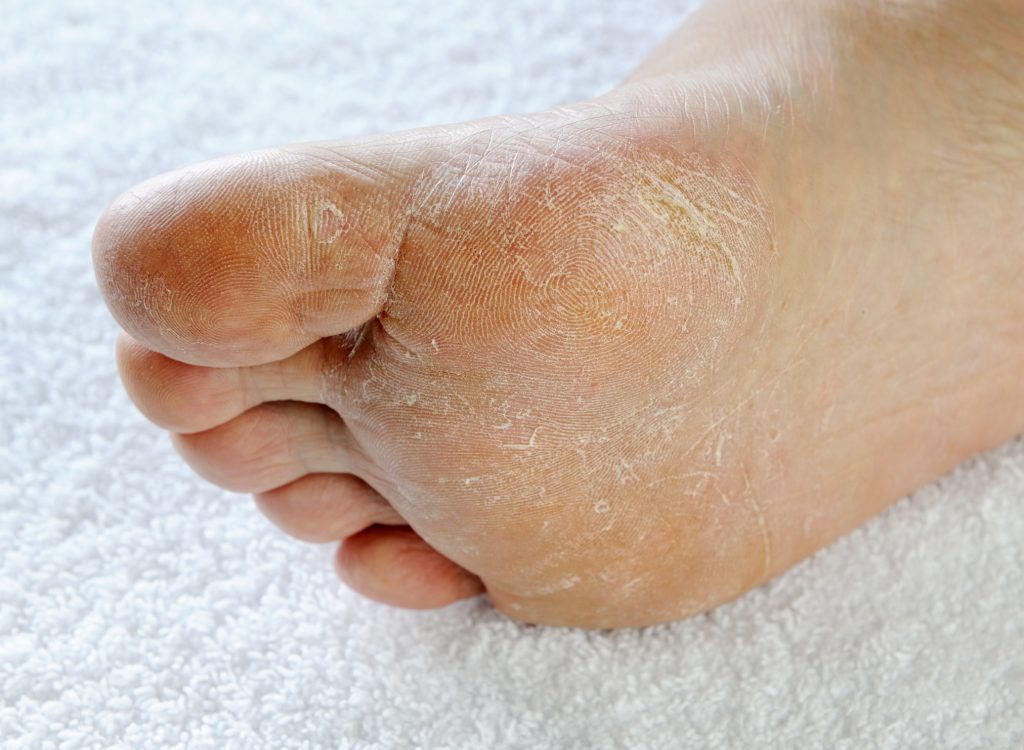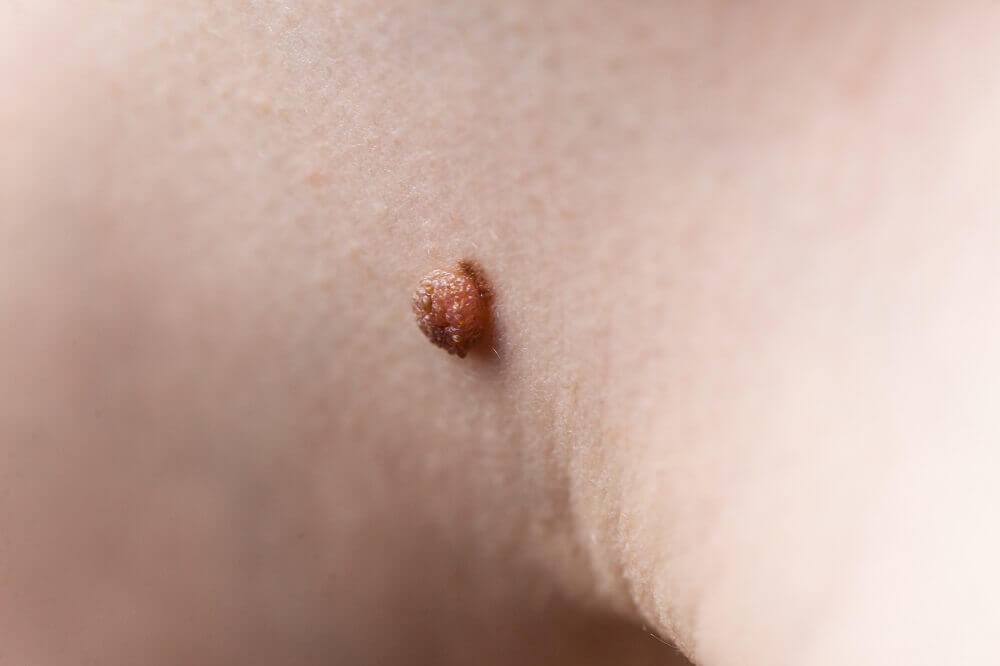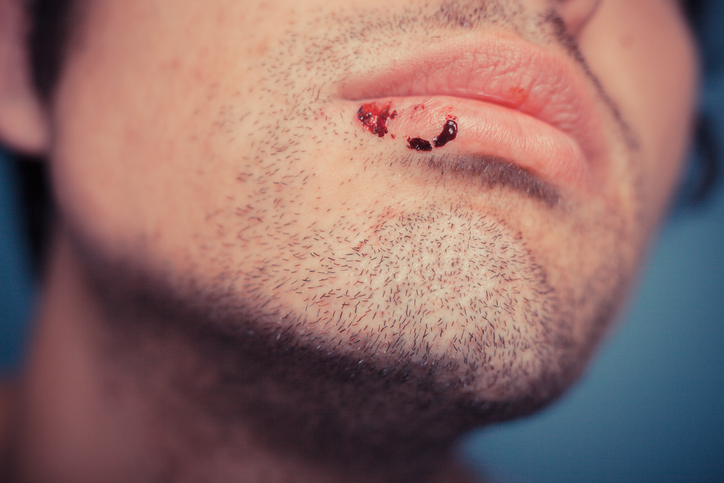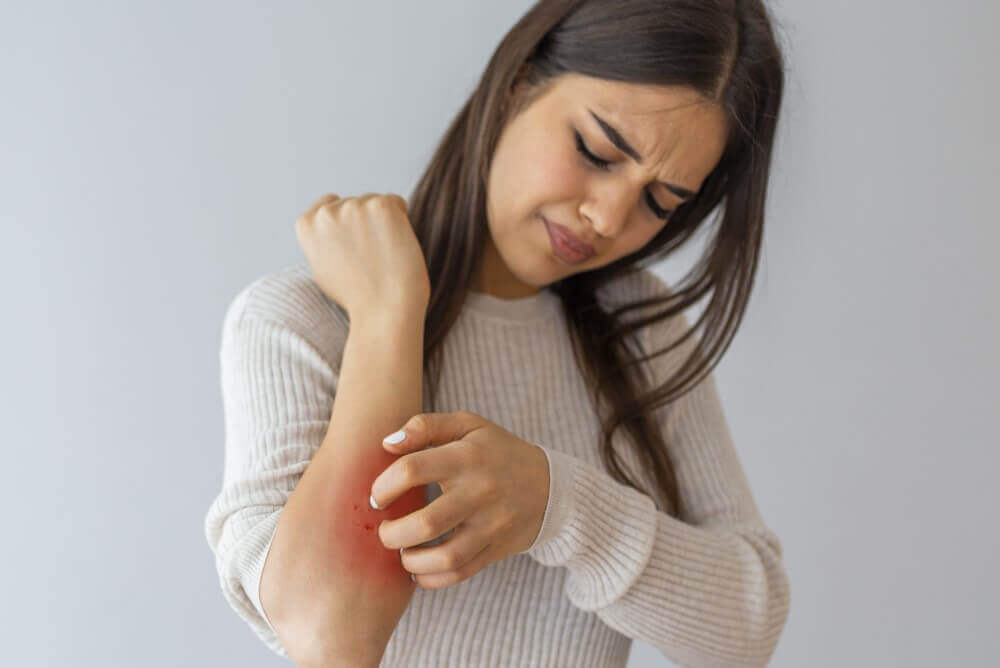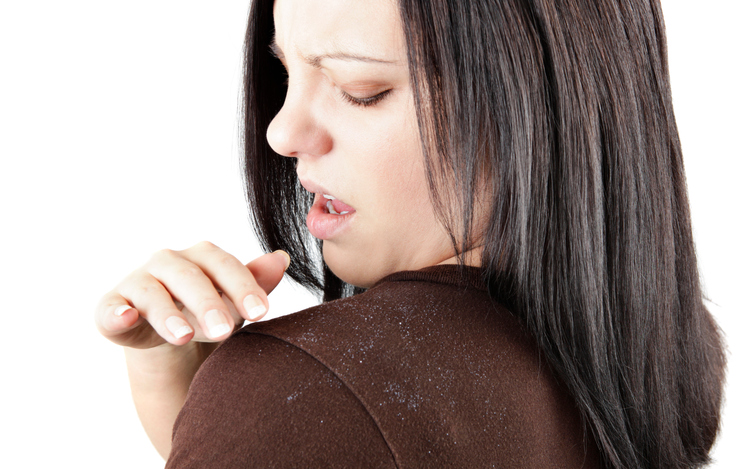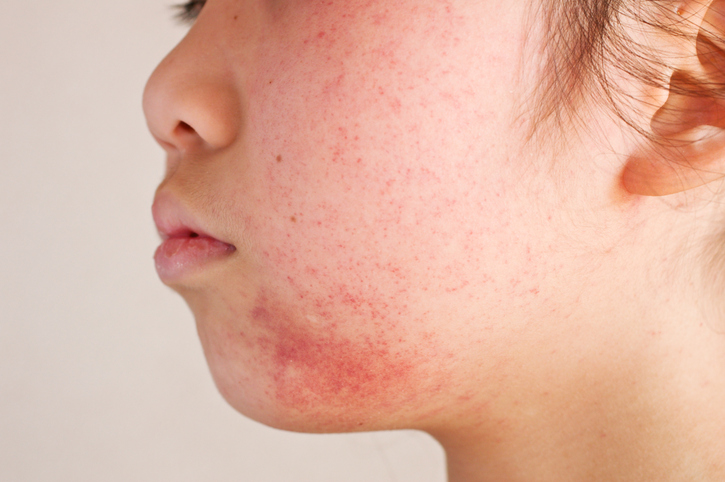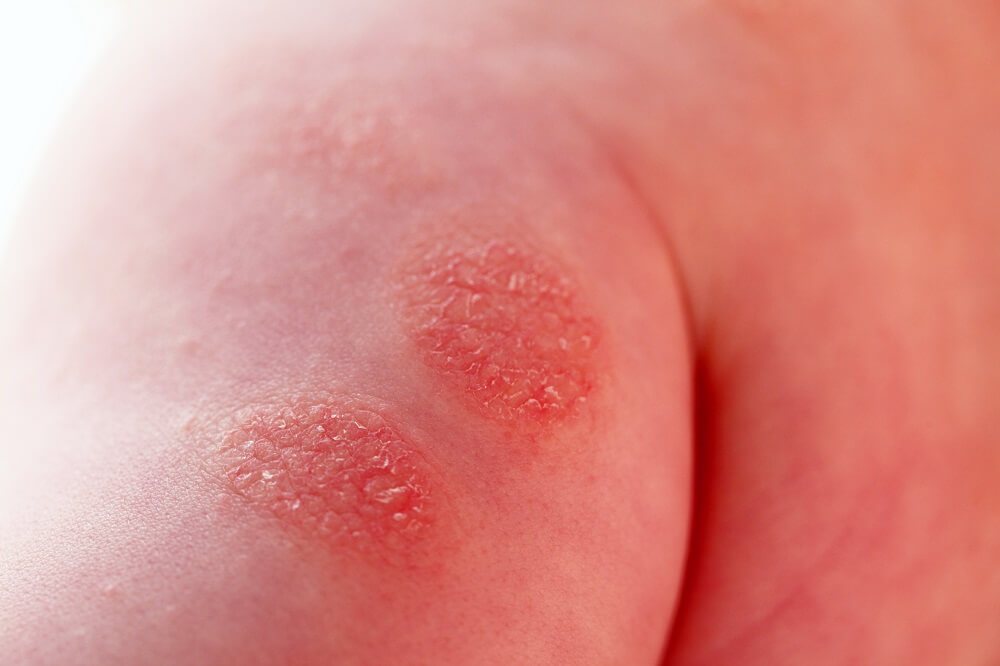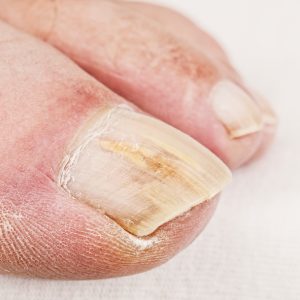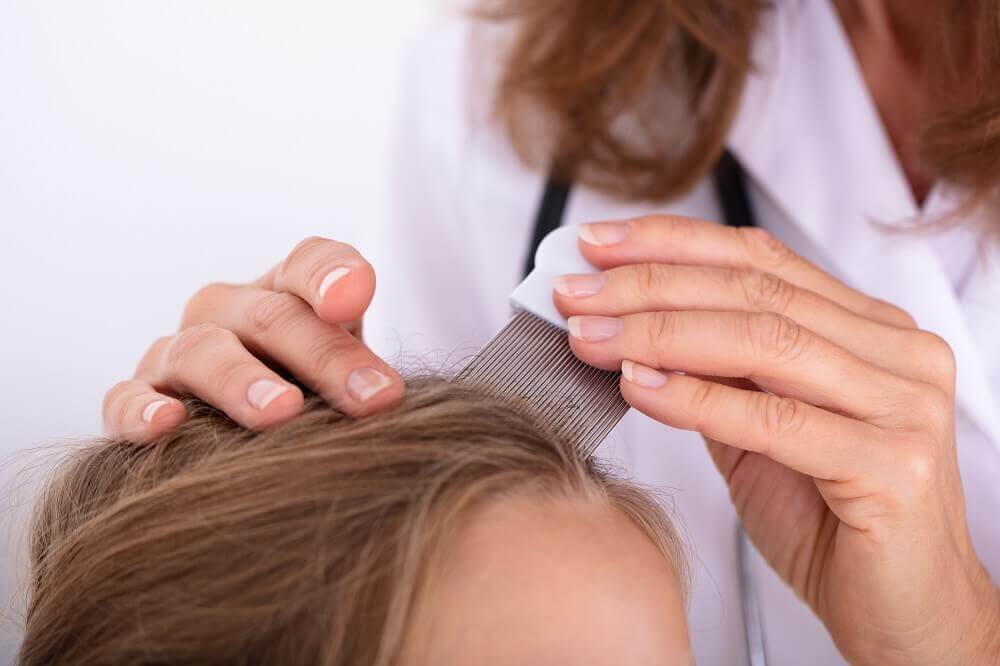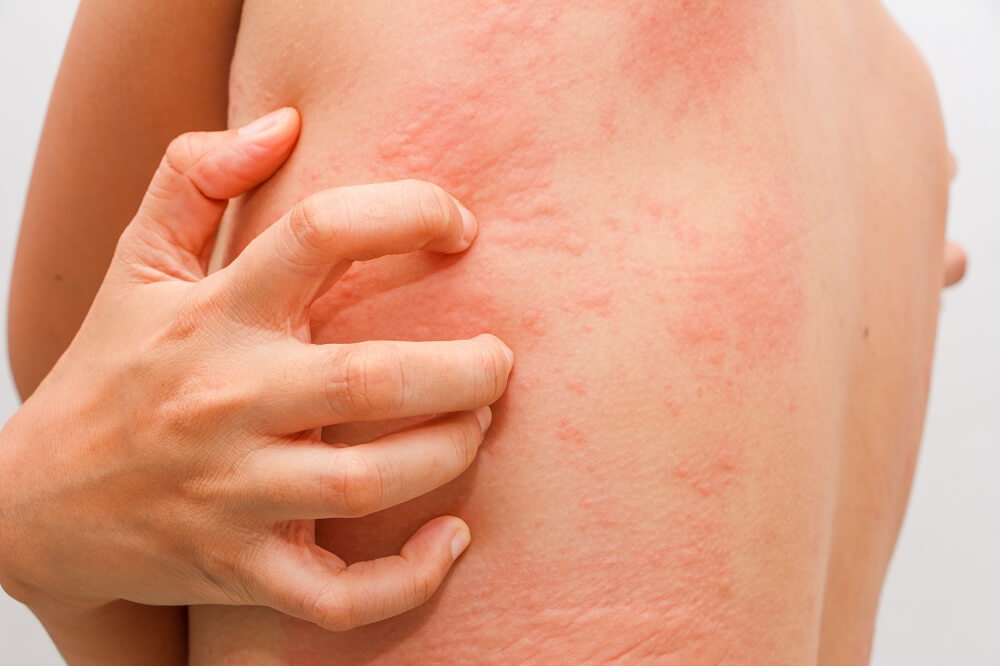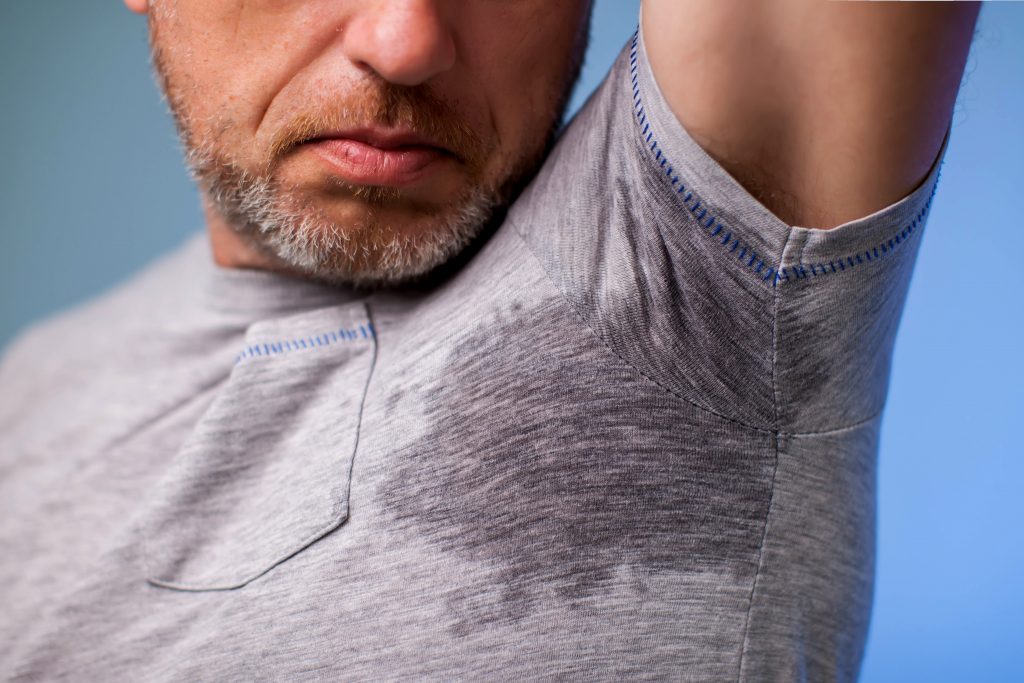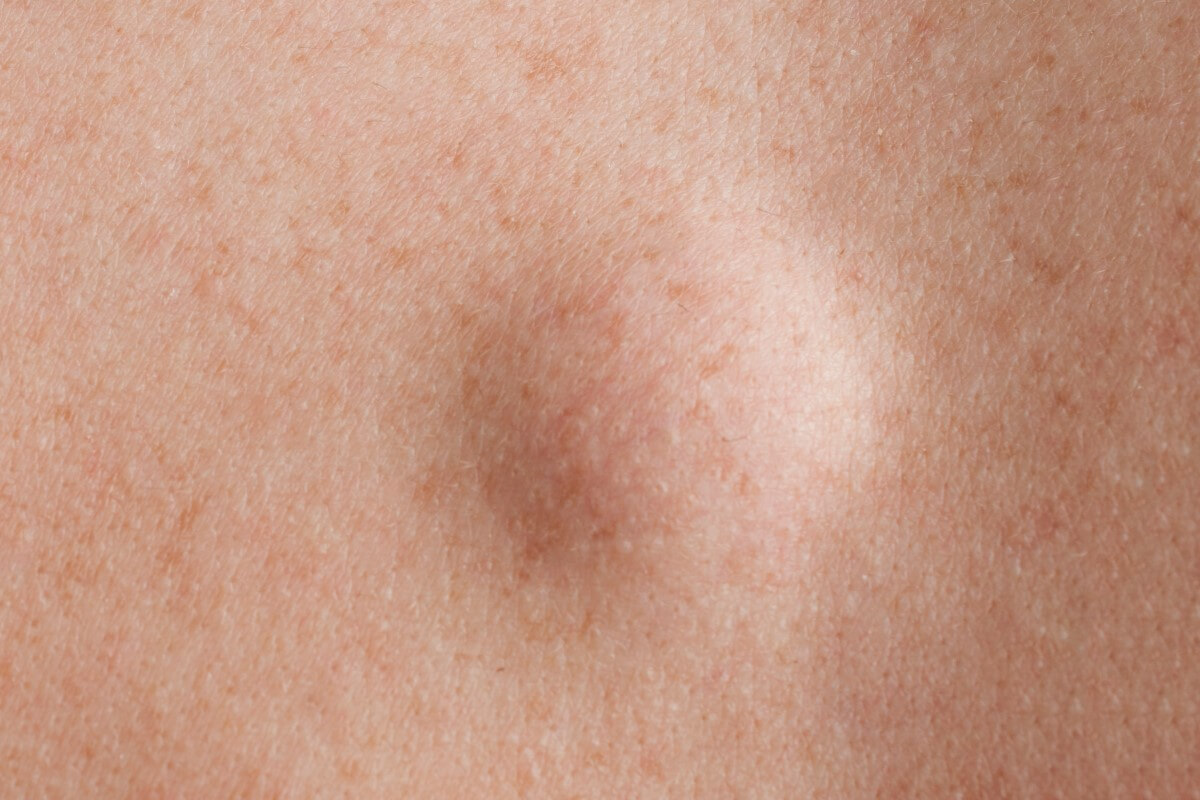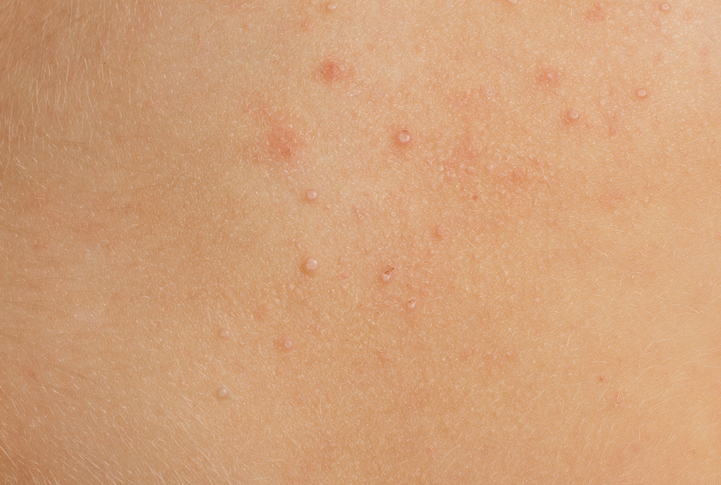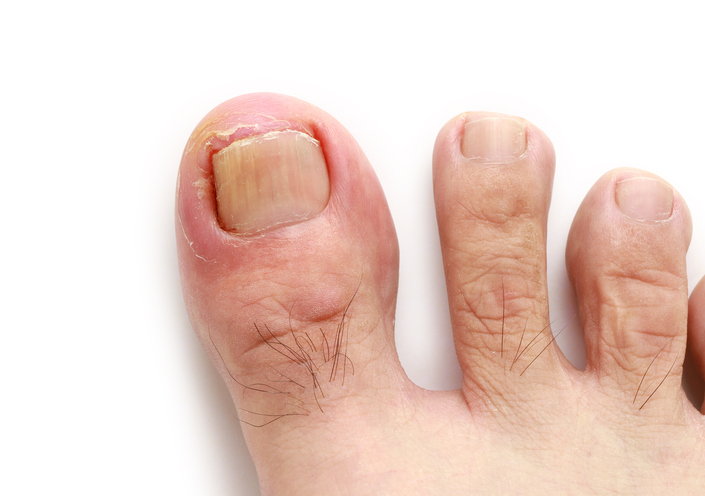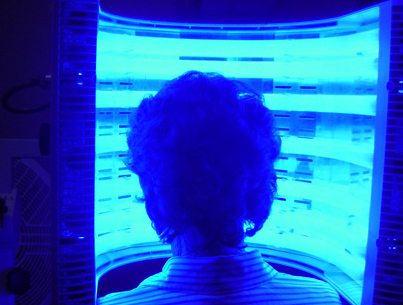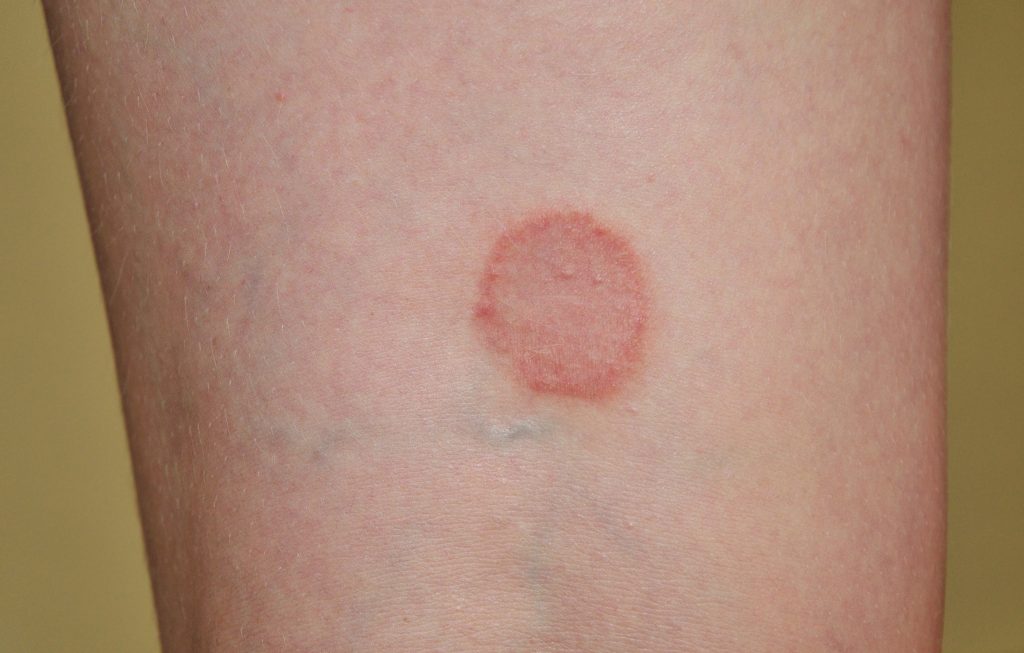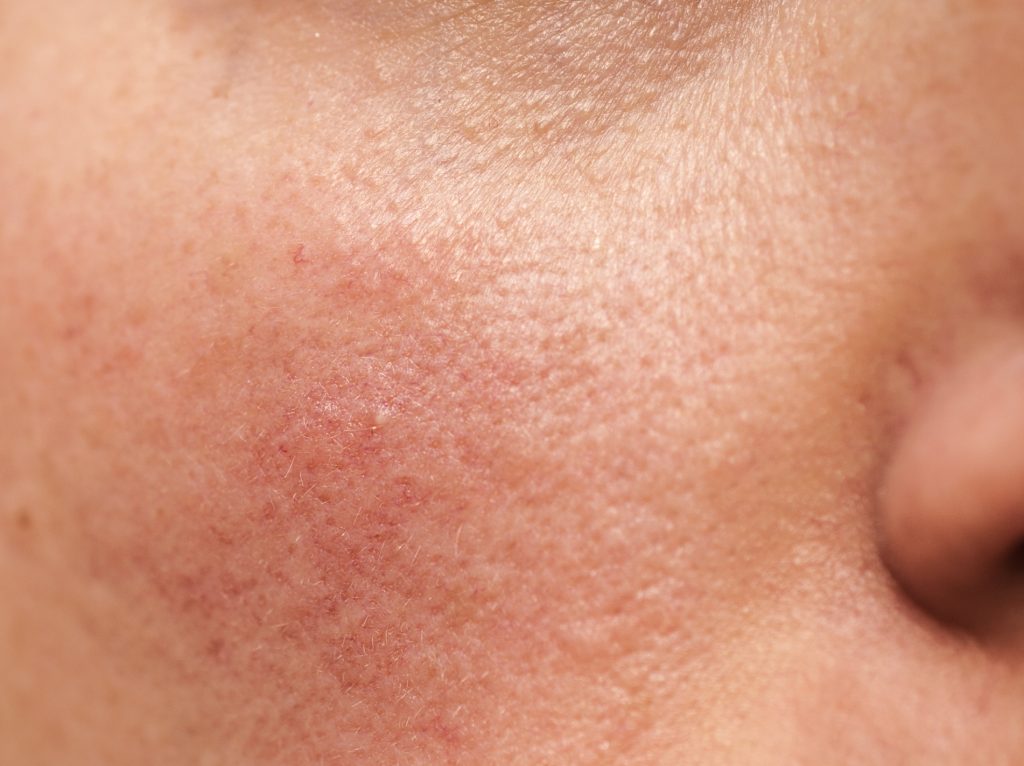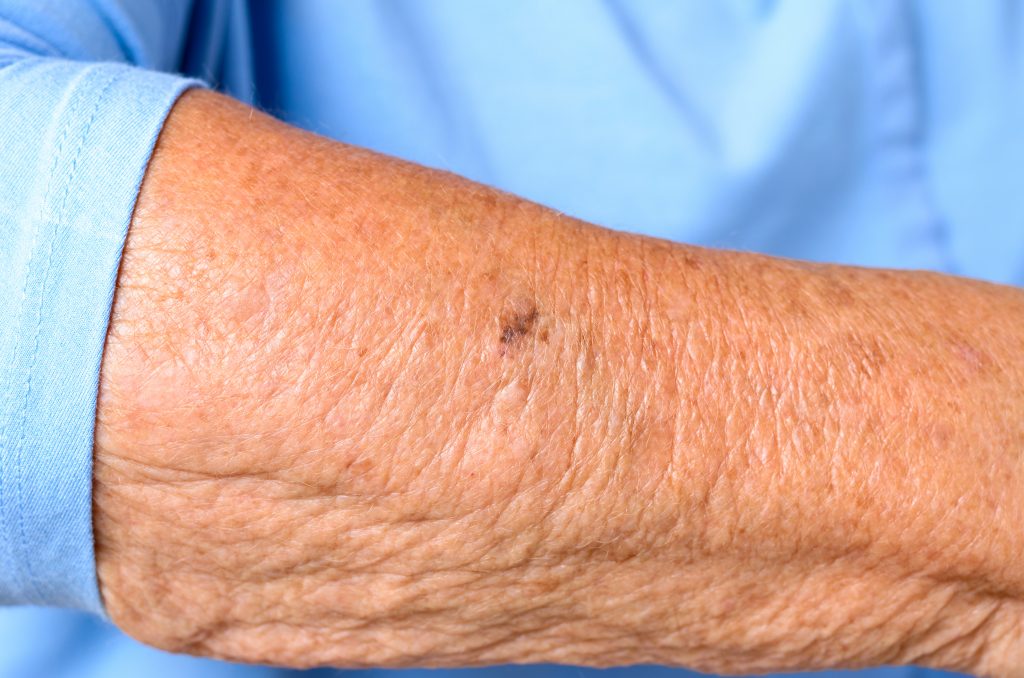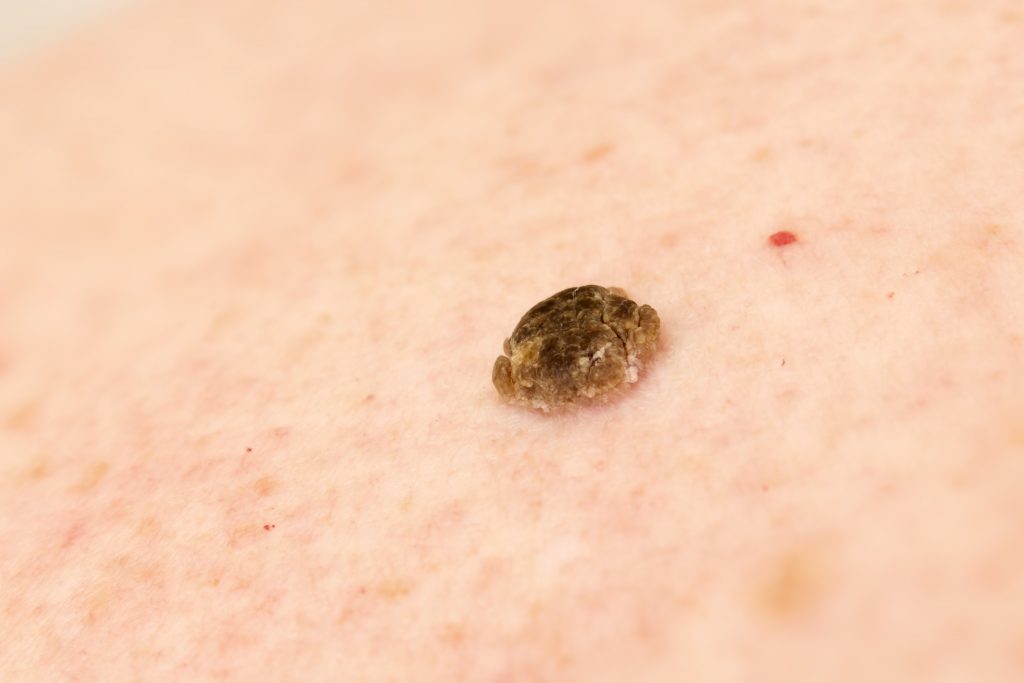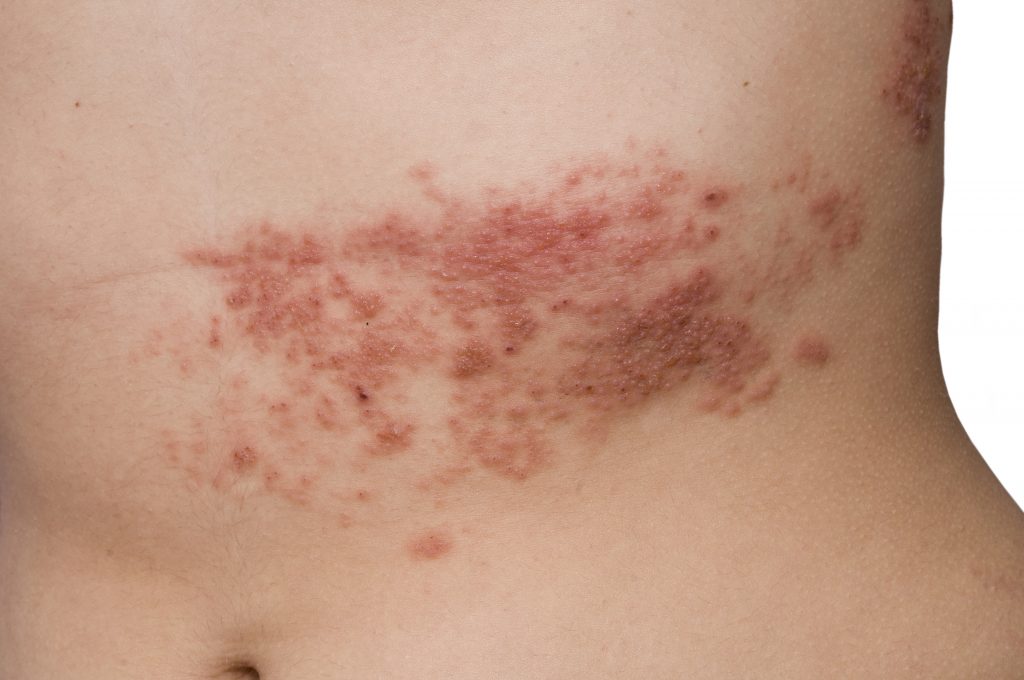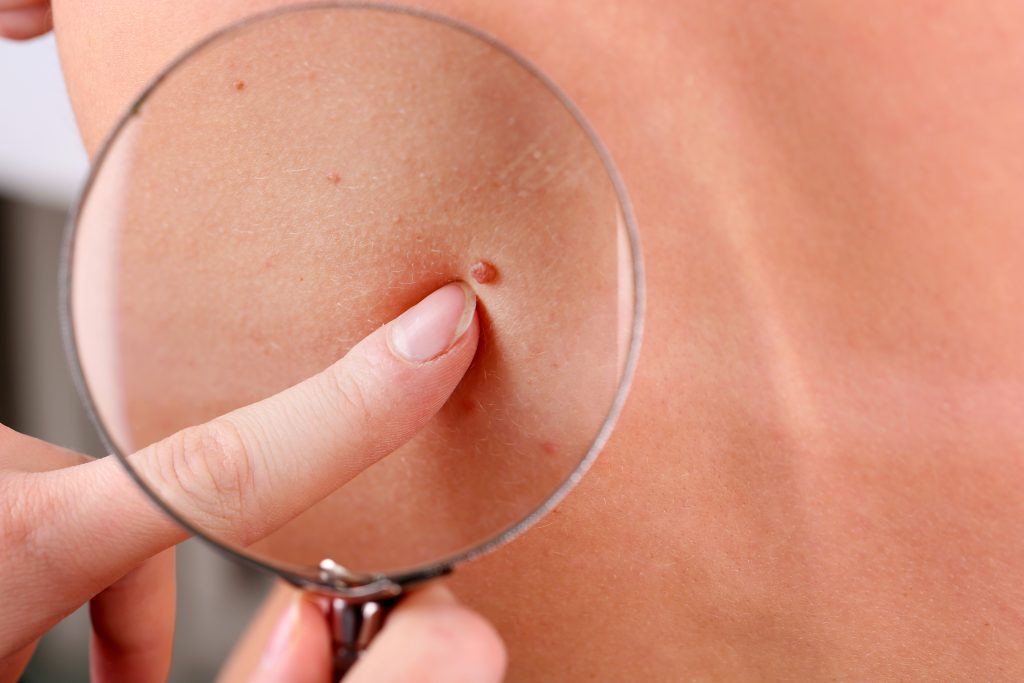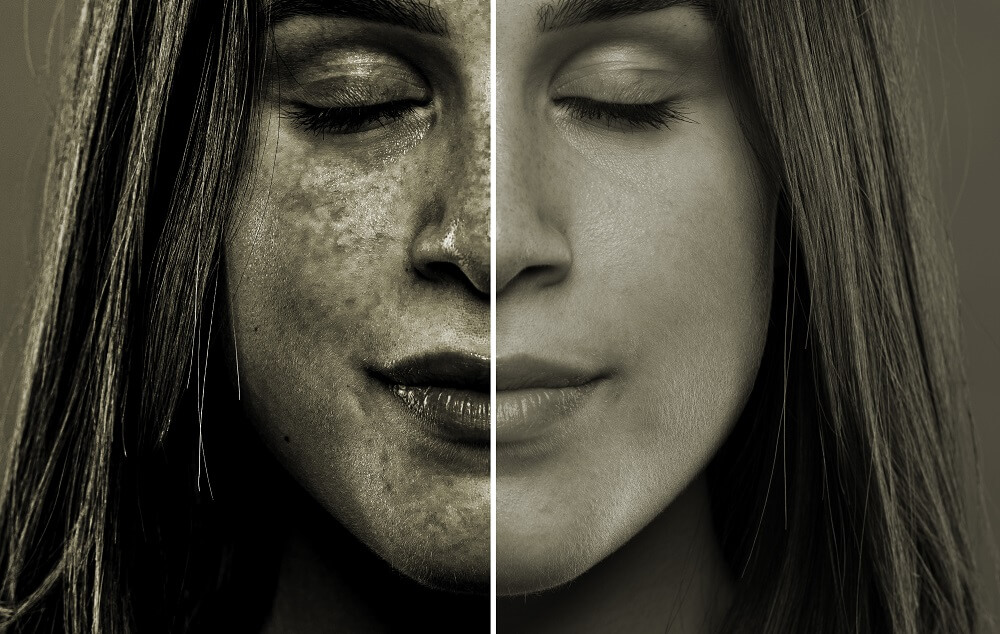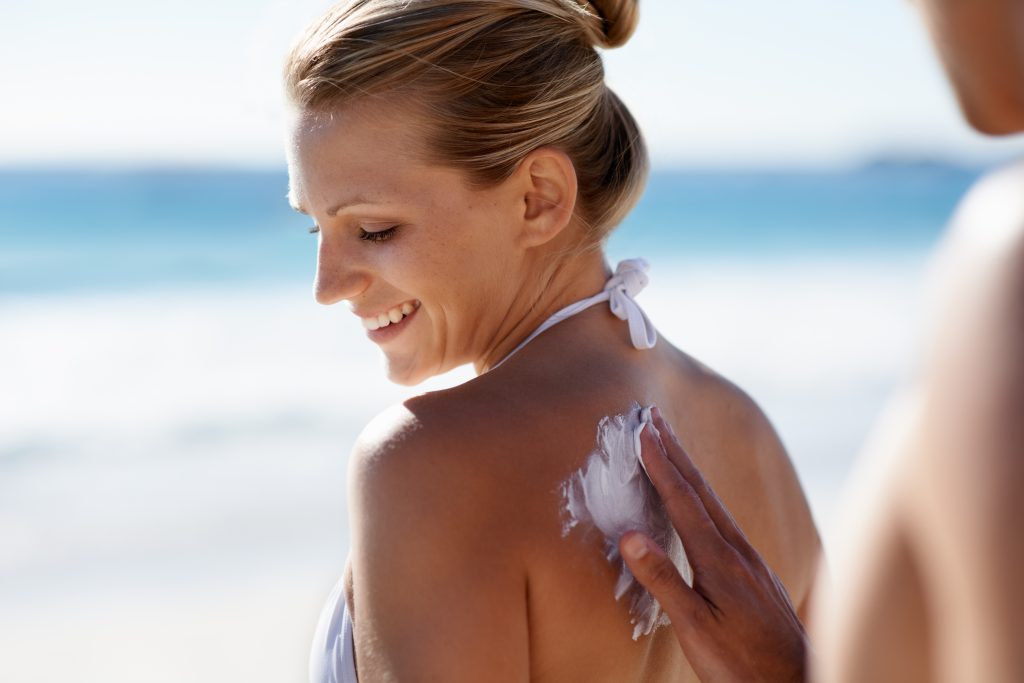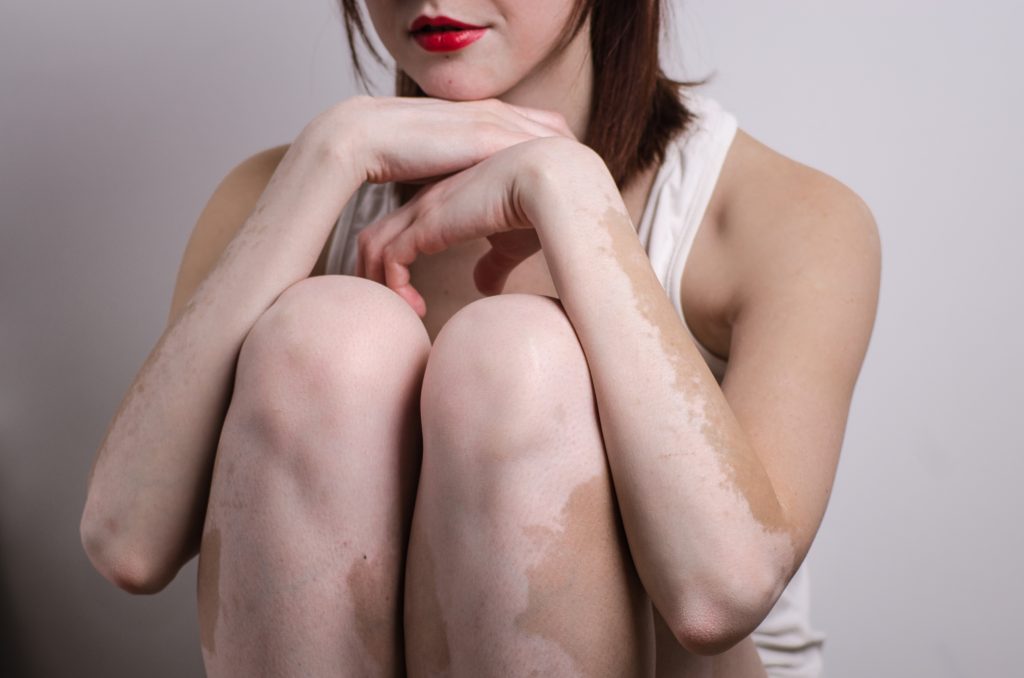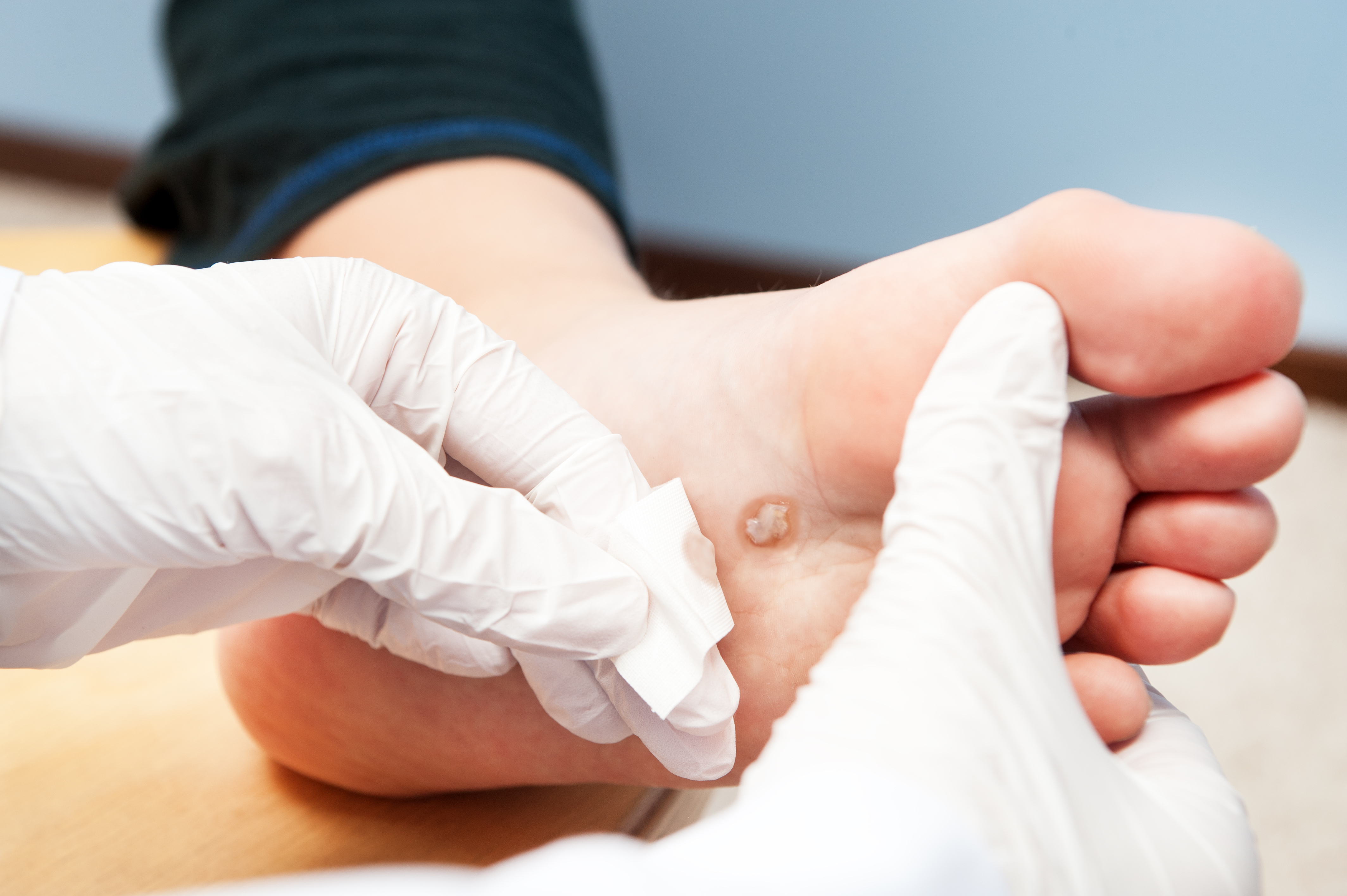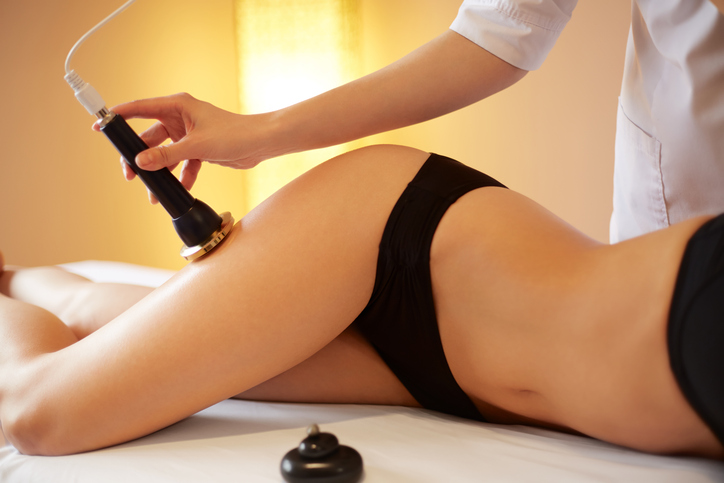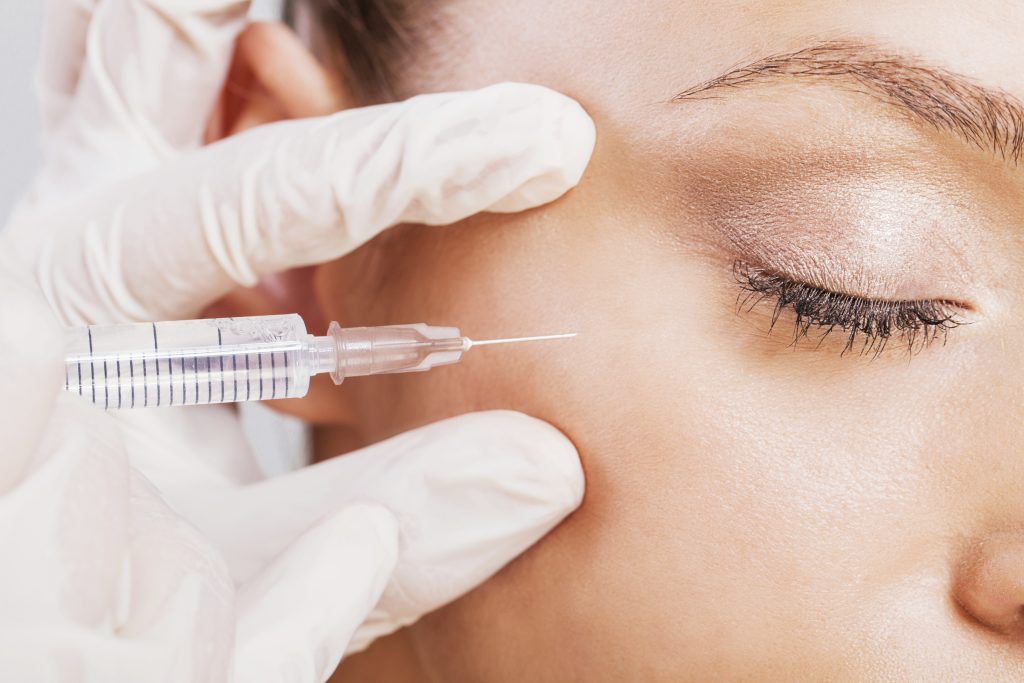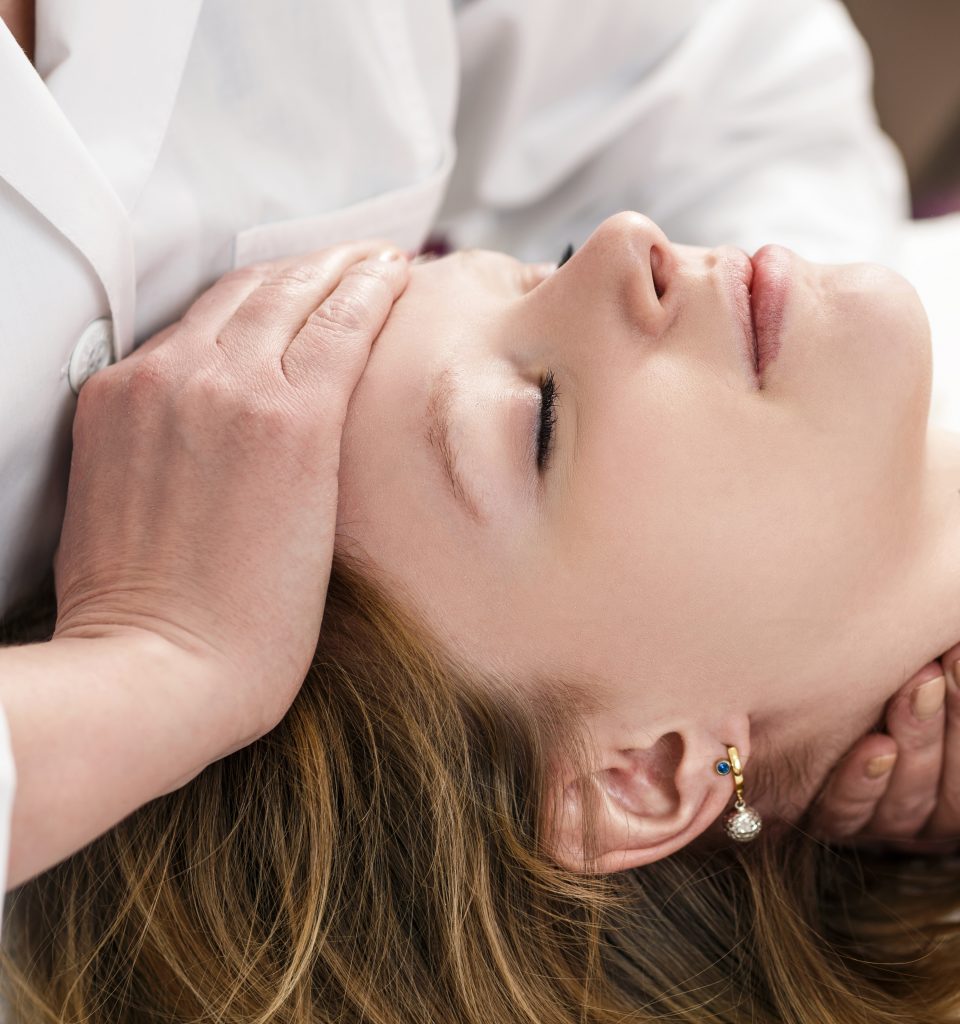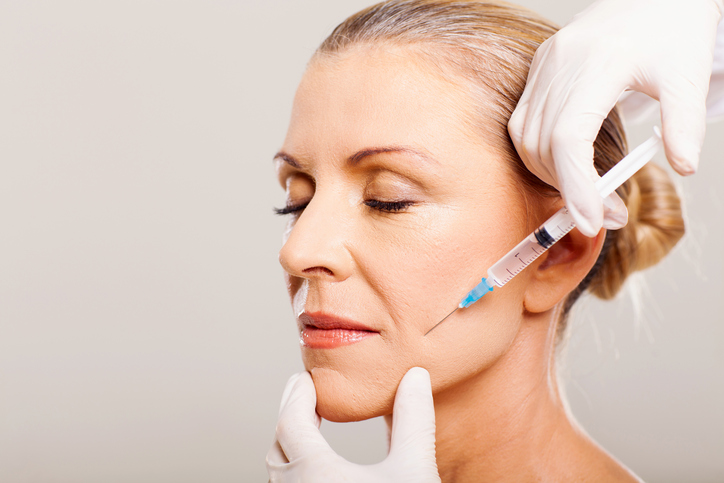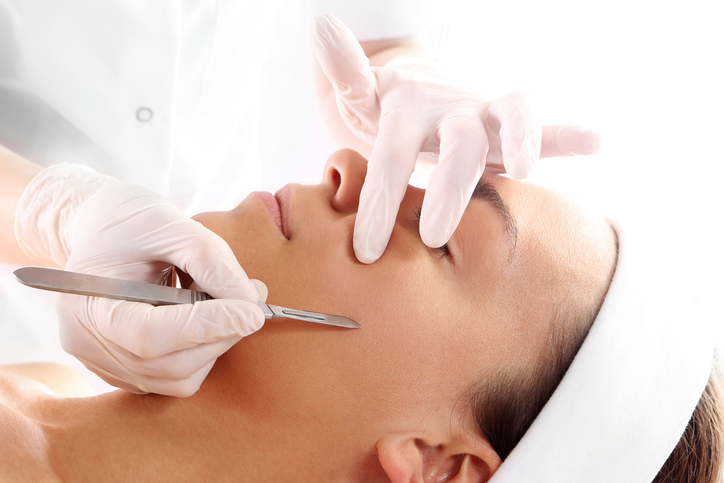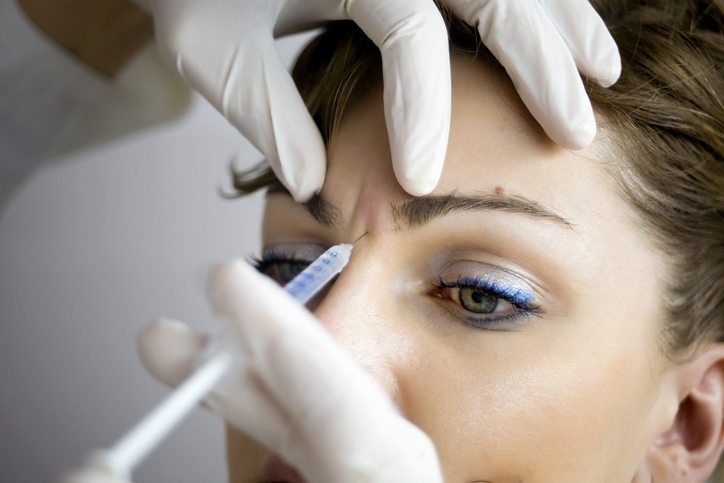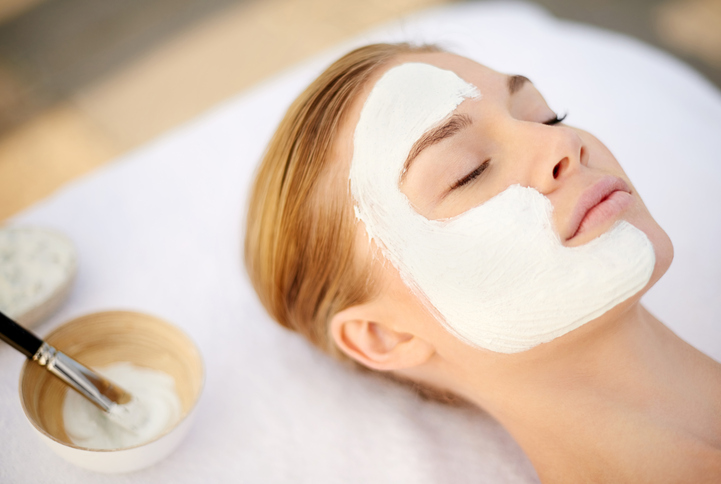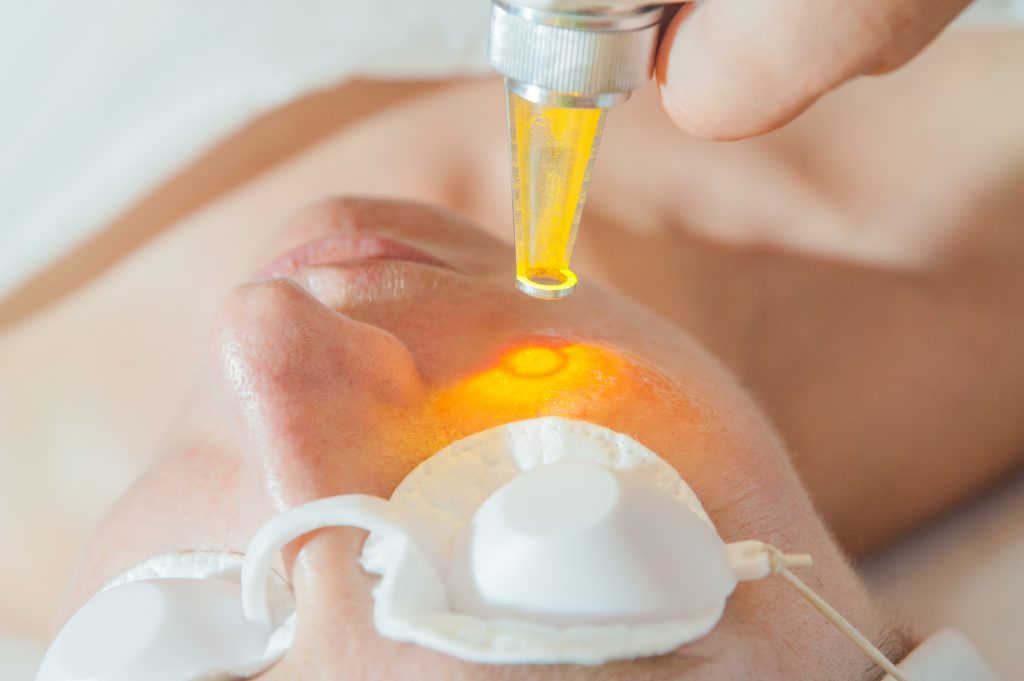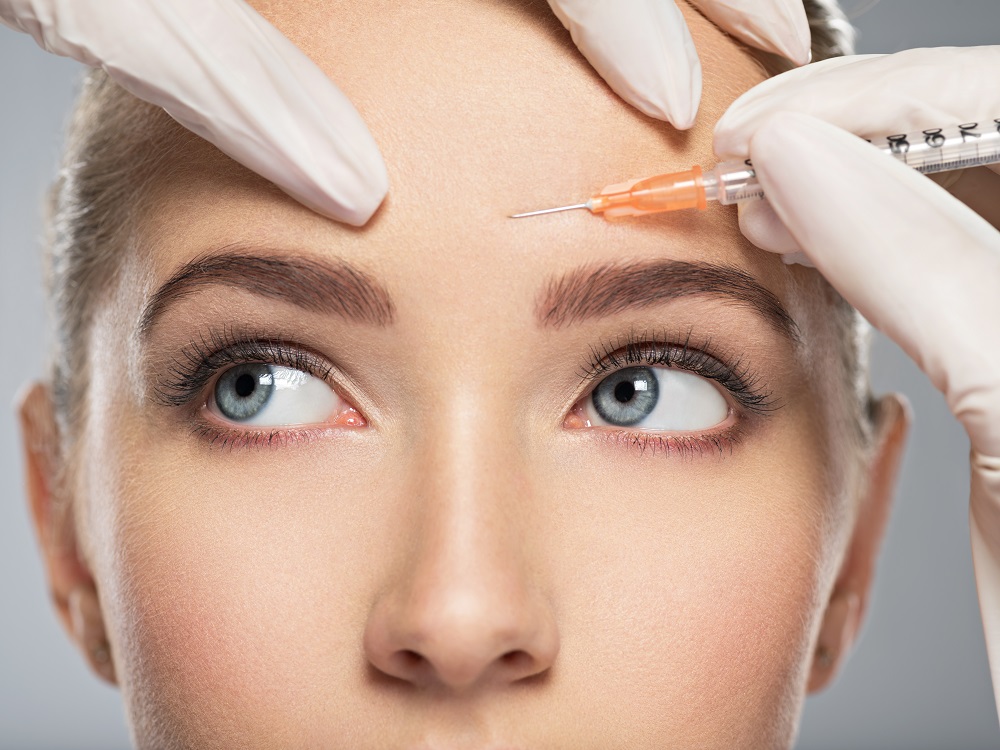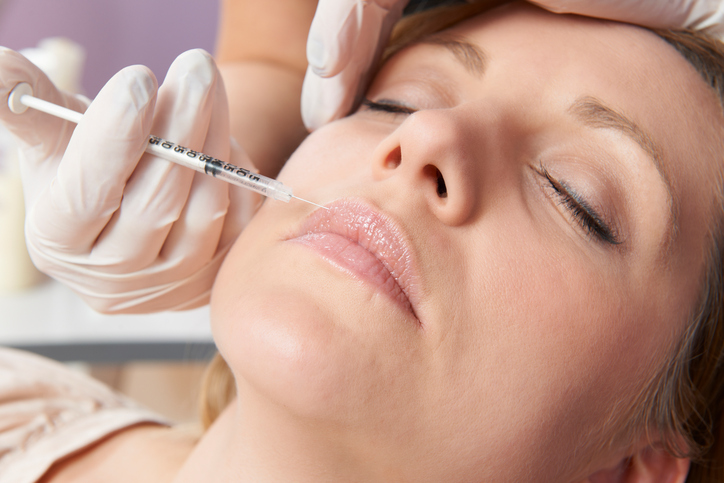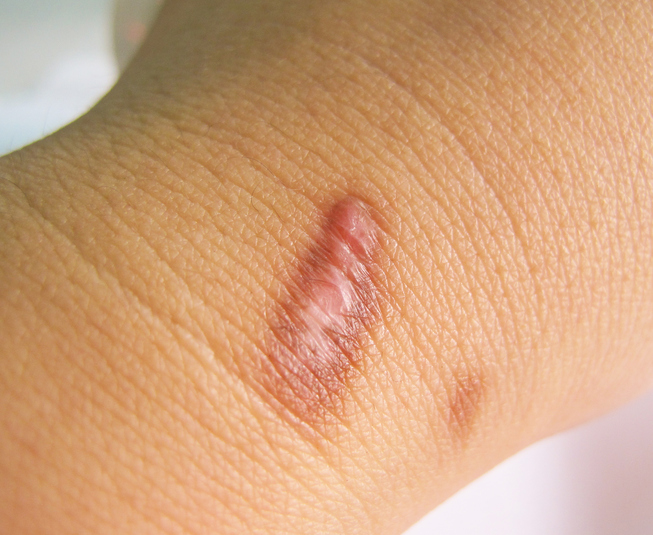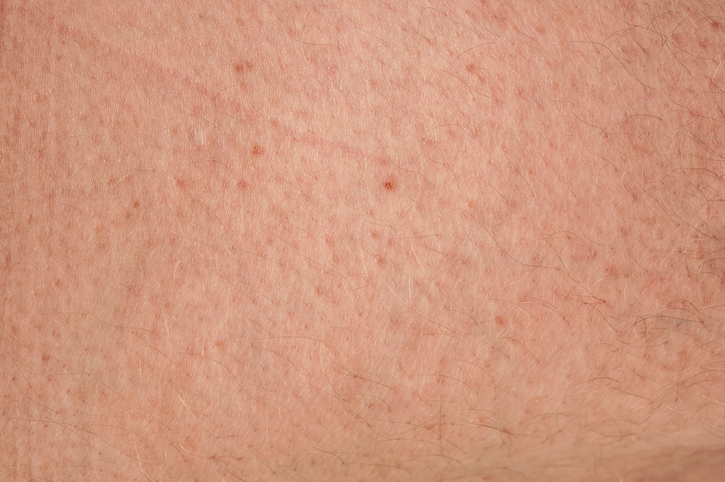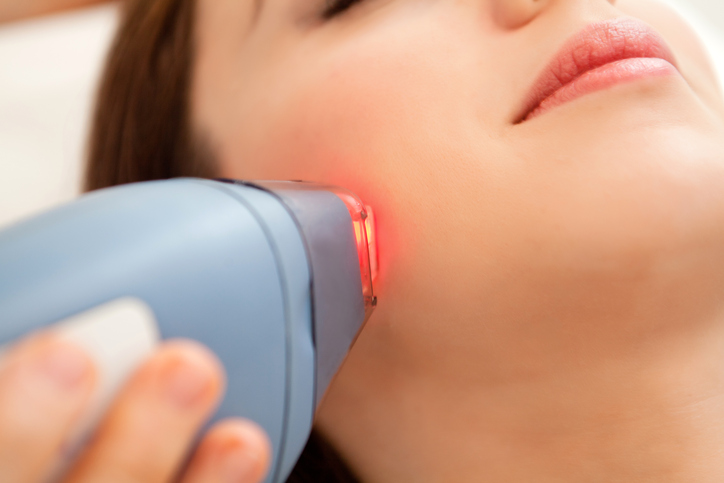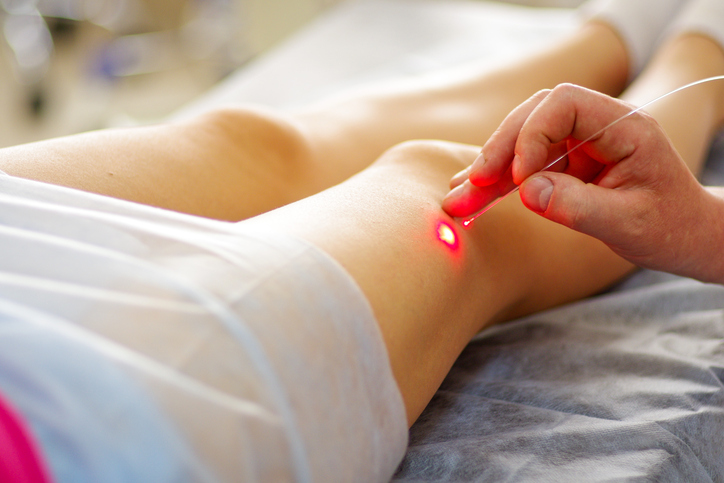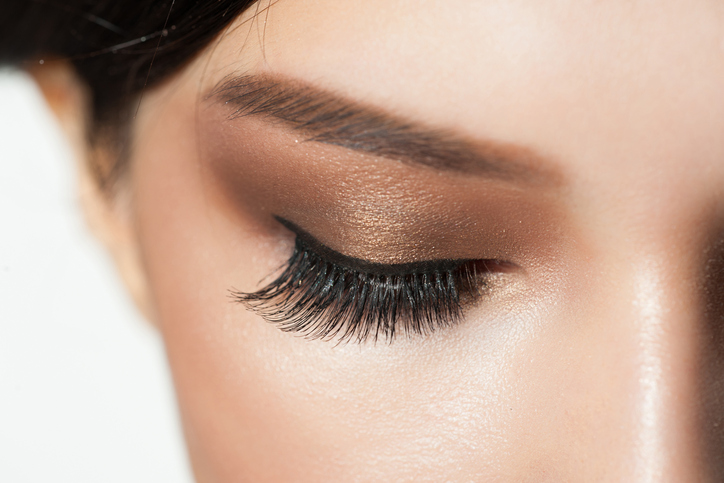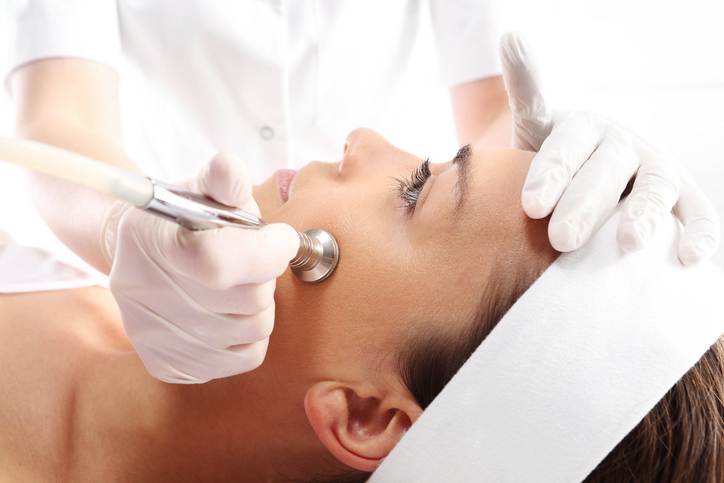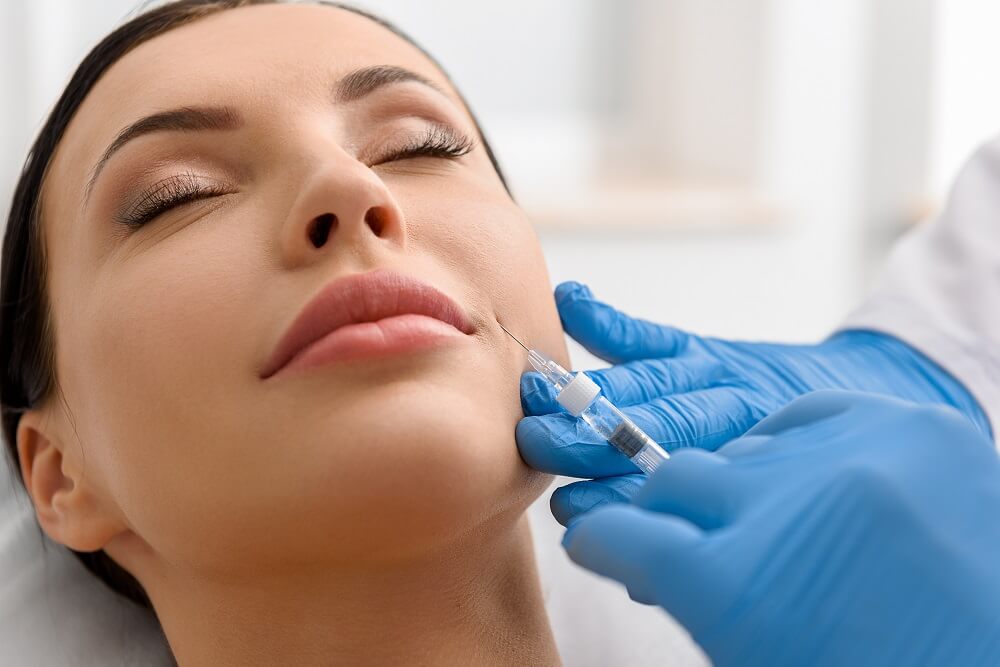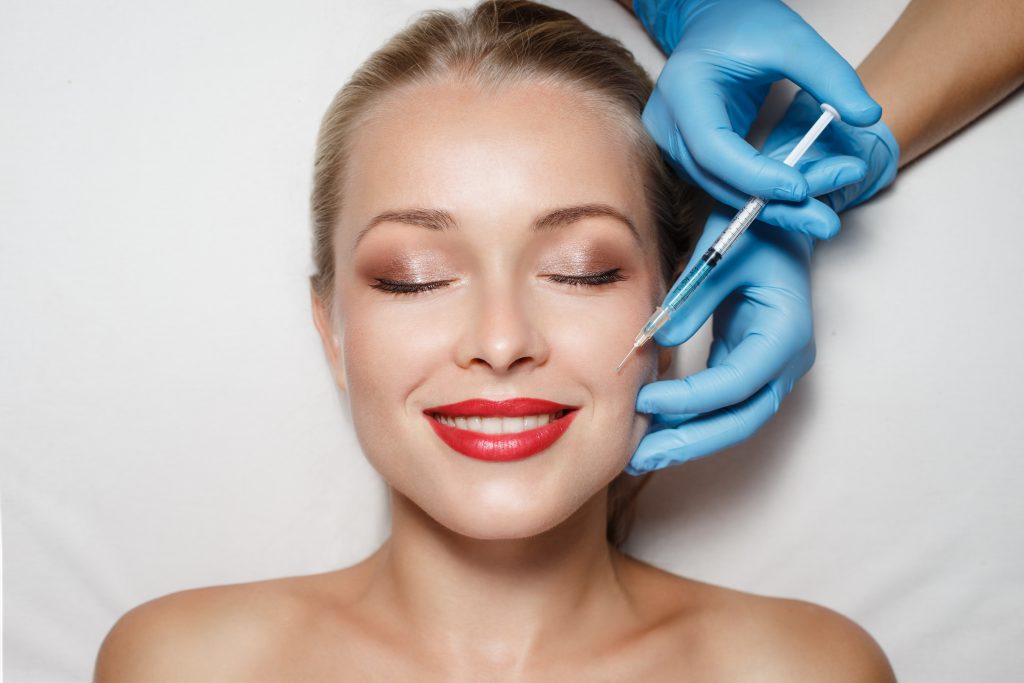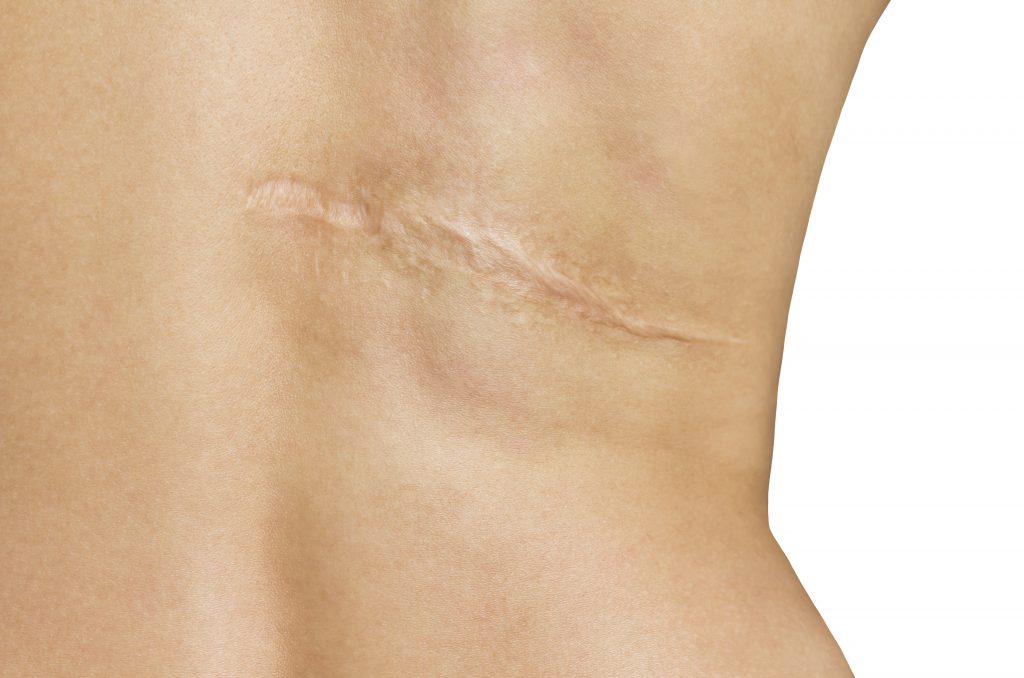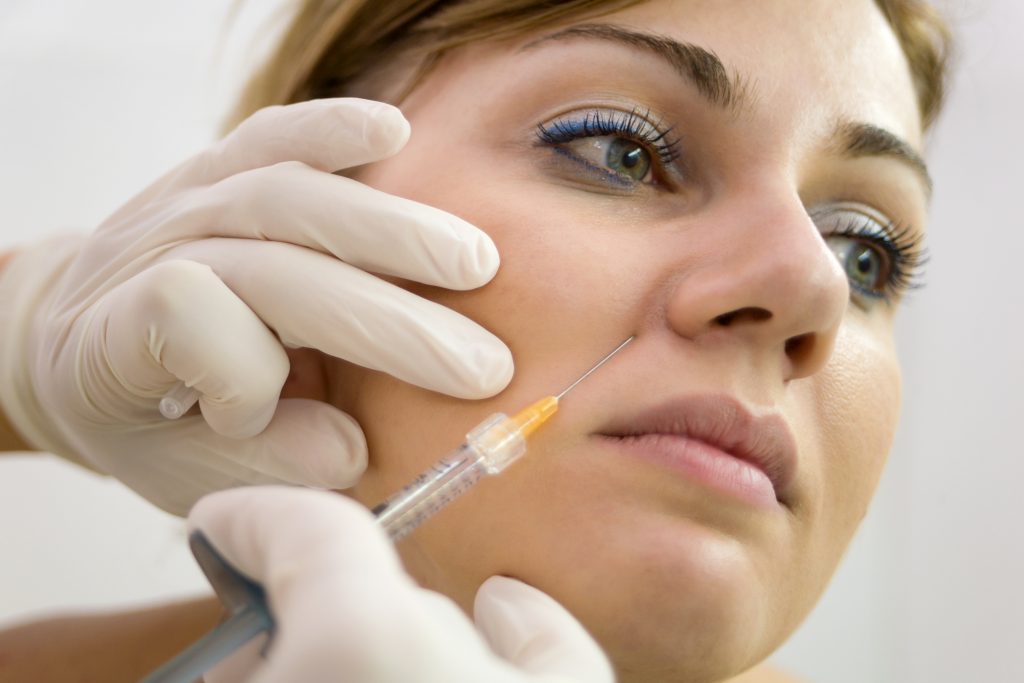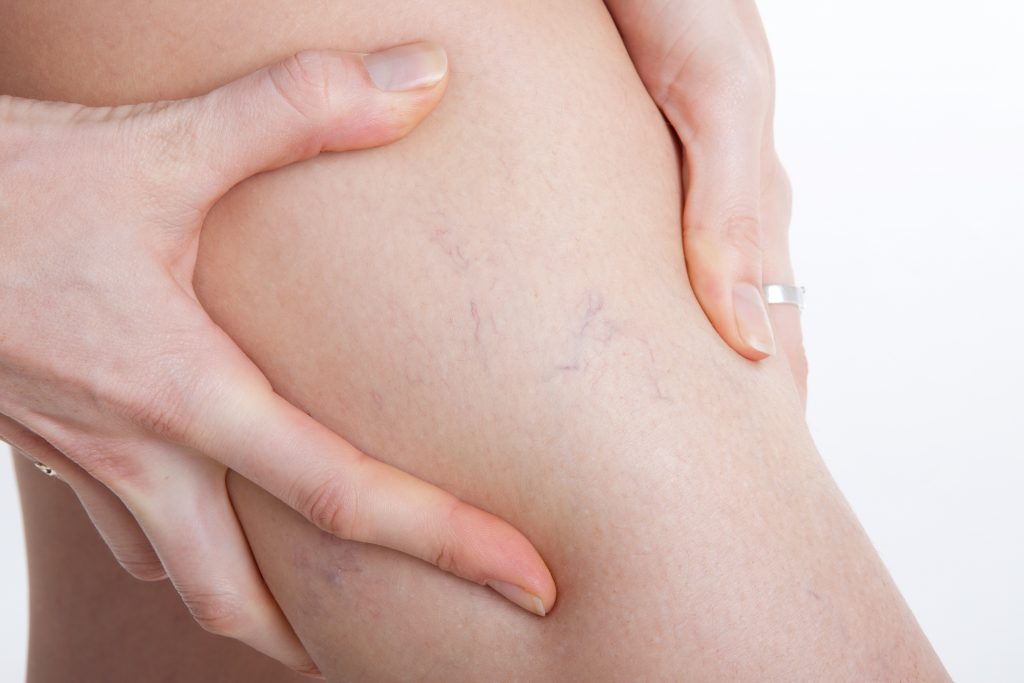Dr. David Hurt is Board Certified by the American Board of Dermatology. He graduated from the University of Colorado School of Medicine at the top of his class, earning a membership in AOA (Alpha Omega Alpha), a prestigious medical honor society. Following an internship in internal medicine at the University of Colorado Health Sciences Center, he completed his dermatology residency training at the University of Iowa Hospitals and Clinics.
Dr. David Hurt is professionally affiliated with the American Academy of Dermatology, Colorado Dermatologic Society, American Society of Dermatologic Surgery, American Society of Mohs Surgery, Colorado Medical Society, and the American Medical Society.
Dr. David Hurt’s professional specialties include Mohs micrographic skin cancer surgery, skin cancer screening and treatments, acne, eczema, and psoriasis. In addition, he specializes in a wide array of cosmetic and surgical procedures such as Botox® Cosmetic for wrinkles and excess sweating, and numerous different cosmetic anti-aging fillers including Restylane®, Juvederm®, Radiesse®, and Artefill®.
Two of his foremost goals as a dermatologist are the most accurate and earliest possible diagnosis of skin cancers, including basal cell carcinoma, squamous cell carcinoma, and particularly malignant melanoma. Dr. Hurt is particularly concerned with the overall increase in the number of these types of skin cancers, especially in the sunny and active Colorado lifestyle, and seeks to prevent the spread of these tumors through early detection and treatment. As a result, skin cancer screening examinations are generally recommended for all new patients.
Dr. Hurt is proud to be a Colorado native currently living in Denver. A dog lover with a feisty Yorkshire Terrier named Austin, he is an avid supporter of the Human Rights Campaign and the CU Athletics program. He enjoys playing and watching tennis, softball, and volleyball.
Specialties and Affiliations
- American Board of Dermatology
- American Academy of Dermatology


